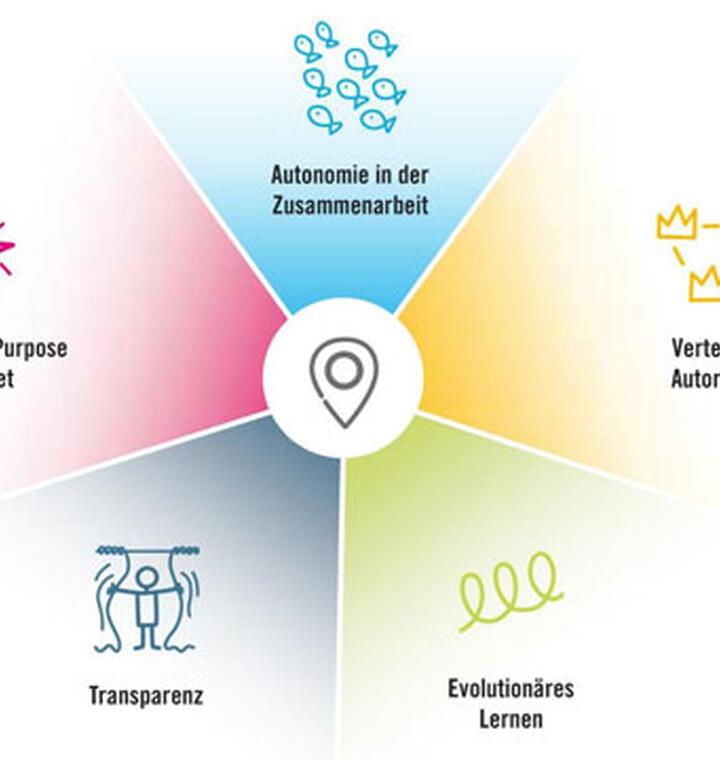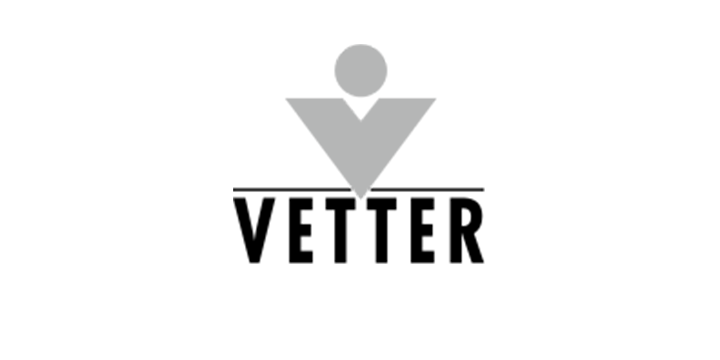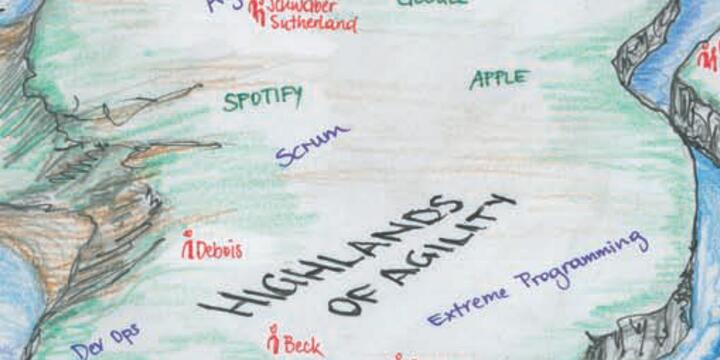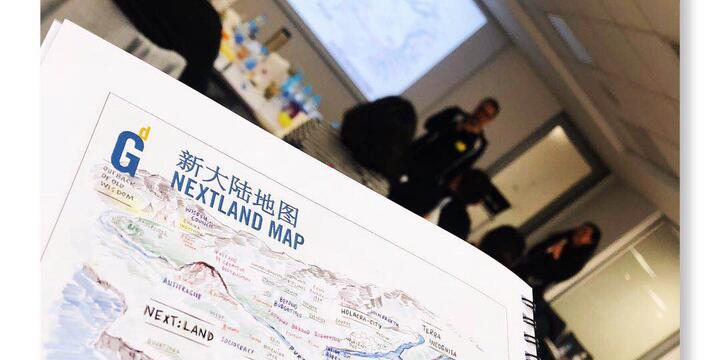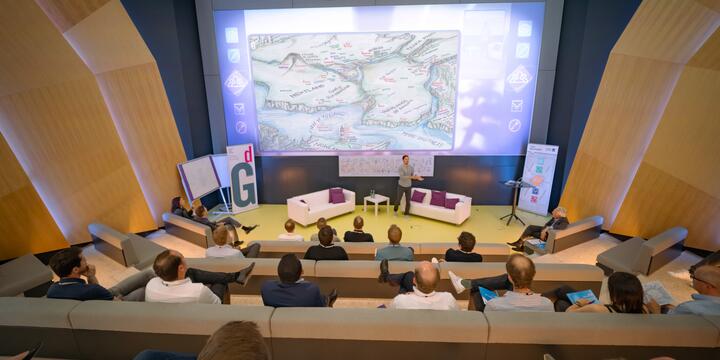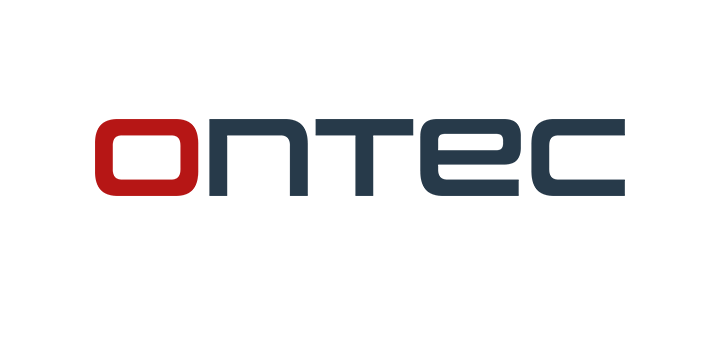5 Principles of next:land:
Transparency
Why transparency? In the past, information was the currency of power: hard to come by and hard to spread. In the industrial-era environment, organizations guarded information carefully, and leveraged their information as a competitive advantage. Today, we have access to so much information that it’s become impossible to predict which information might be useful, or who might use that information in a productive way. In this world of abundant information and connectedness the potential benefits of trusting people who share the organization’s purpose to act on information as they see fit usually outweigh the potential risks of open information being used in counter-productive ways.
There are several aspects with respect to transparency in a business context. On the one hand, it identifies the free access and flow of information throughout an organization. On the other hand, it describes a personal openness to sharing information and helping other people. This supports peer learning and creates a common base of knowledge within a team, a department or even the whole organization. Having all the relevant information and being able to discuss it freely is crucial for people to make decisions in the best interest of the organization.
With respect to openness, the clear message is to have this value embedded directly into the company culture. This requires a high degree of trust between the colleagues and thus demands a very safe environment where failing is considered part of the creative process. Furthermore, it must be a prerequisite to be able to disagree with each other and bring tensions to the surface without doubting the integrity of the relationship. In such an environment, individuals can be fully themselves, openly discuss their ideas and concerns and help the organization to react fast and flexible to any challenges. Transparent organizations consider both parts of the transparency equation, consisting of full access and a free flow of information and a personal openness enabling a culture of trust.
One fundamental cultural shift is the switch from understanding information as an advantage that stabilizes the power towards understanding information as something that might lead to organizational benefits if it is shared with other people who have different perspectives and competences.
In next:land transparency is not just relevant inside the company but also to the outside world. If you want intense and honest relationships with your clients transparency is the key. One example is Tesla who made all its patents transparent in 2014. Tesla´s purpose is “sustainable energy” so if other companies use their technology it is supporting Tesla´s purpose. Tesla believes that this openness is also crucial for technological leadership: “Technology leadership is not defined by patents, which history has repeatedly shown to be small protection indeed against a determined competitor, but rather by the ability of a company to attract and motivate the world’s most talented engineers. We believe that applying the open source philosophy to our patents will strengthen rather than diminish Tesla’s position in this regard.” (Read the full article here: "All Our Patent Are Belong To You", Elon Musk, 2014)
How this principle shows up in practice
... different levels of transparency:
Level 1: Single Methods that increase transparency across individuals/teams/departments
Desired impact: enable decentralized decision-making, peer-review, synchronization, wholeness, decrease complexity to make things more accessible
- Town hall meetings, Rent-the-CEO
- Creating spaces for showing up as human beings “wholeness” - e.g. clear the air meeting
- Cross-company benchmarks, metrics etc.
- Visualization tools to make work and progress transparent: e.g. Kanban boards such as Trello
- simplify processes and reduce complexity by establishing (contextual) guidelines instead of precise procedures
- Transparency on criteria how decisions are made
Level 2: “default to open” as internal commitment (value-based)
Desired impact: foster collaboration internally, often external environment still seen as competitive
- Deliberately Developmental Org: all meetings recorded and accessible for others
- everybody has access to basically all internal data
- transparent salaries
Level 3: work in public
Desired impact: the challenge is not with competitors but with societies biggest challenges; in pursuit of this purpose there is no competition. Sharing everything to foster development is the way forward. Google drive open for anyone, full access to (almost) any document for the public, transparent governance records.
(buffer, august…)

